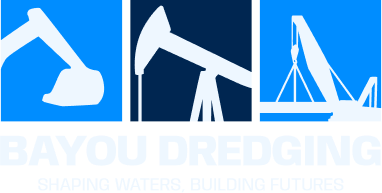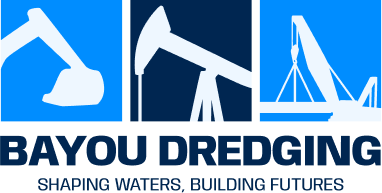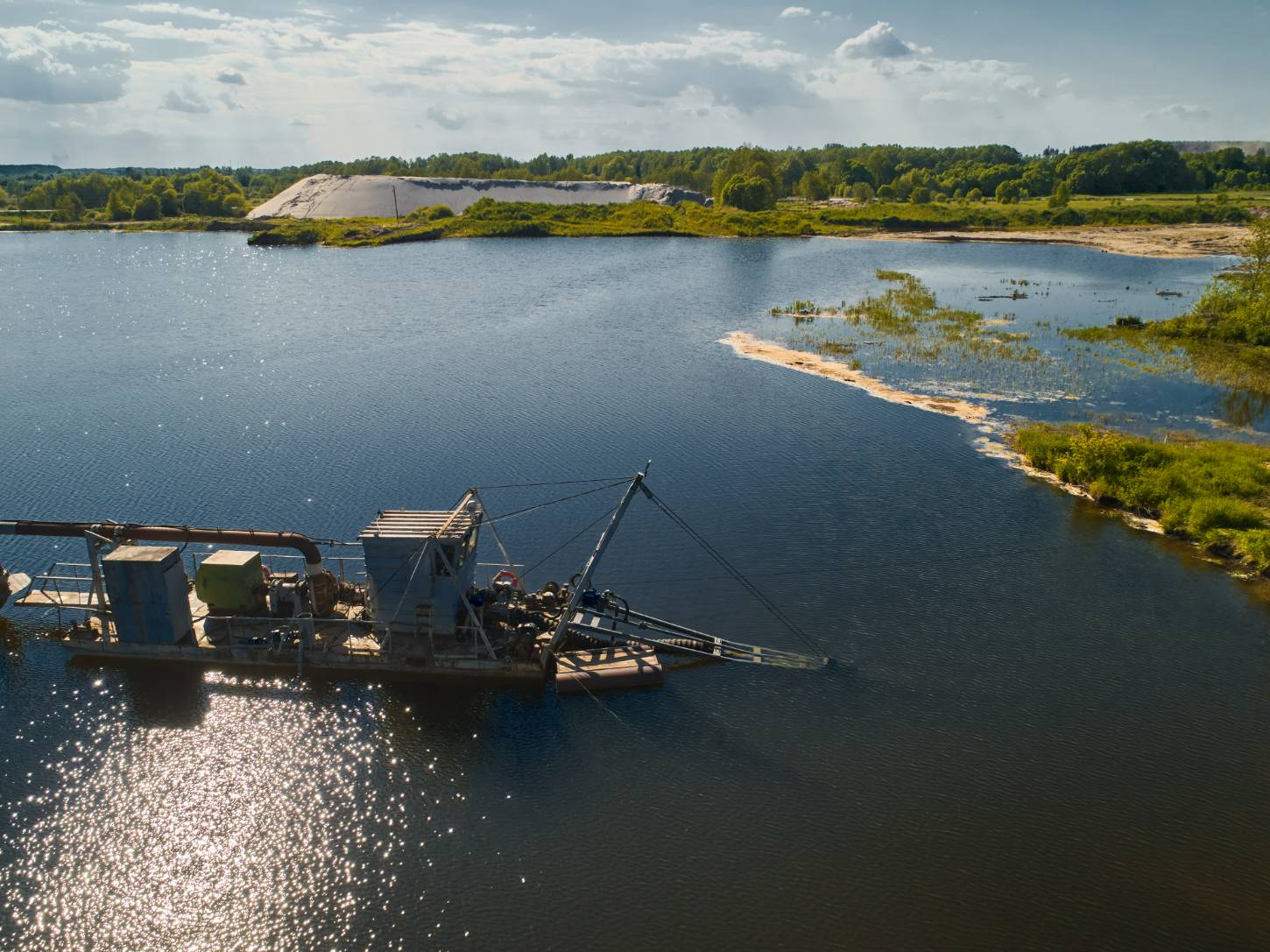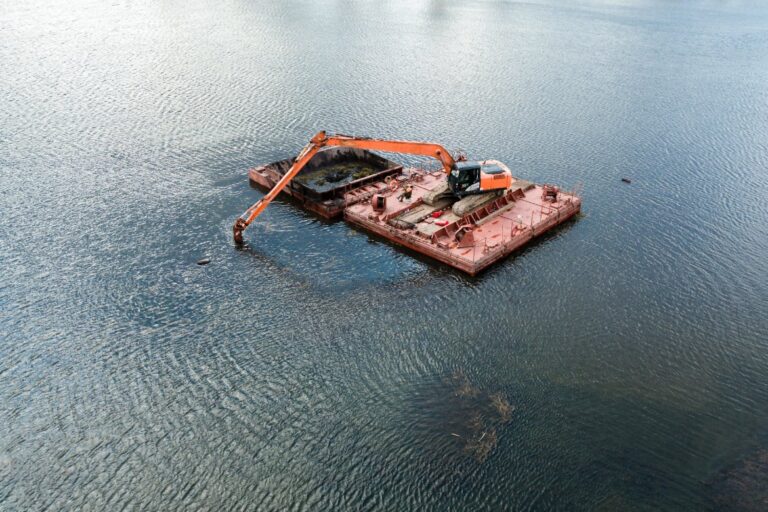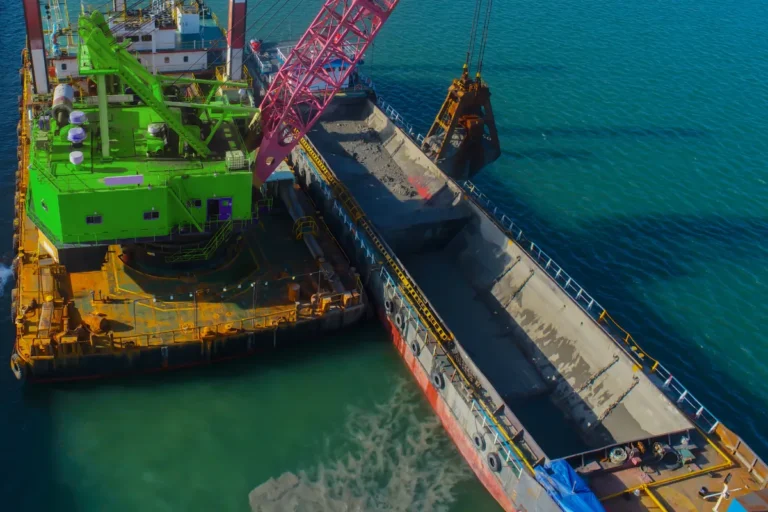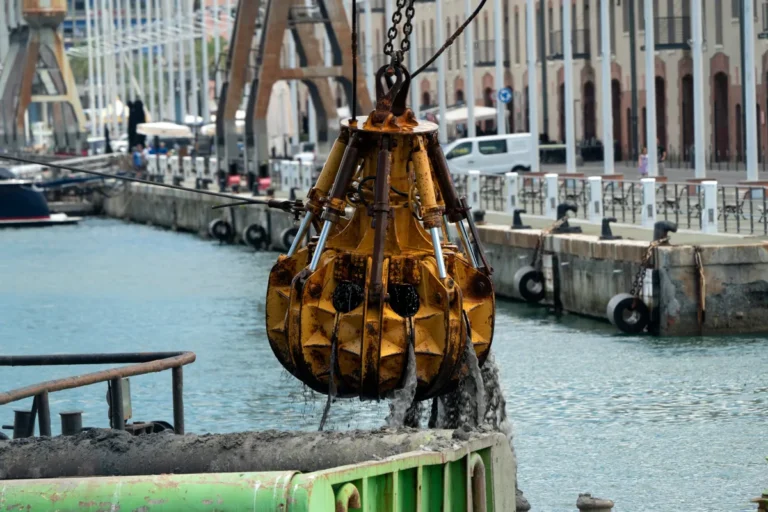A hopper dredger is a specialized vessel designed to remove and transport sediment, such as sand, clay, silt, or gravel, from underwater areas to a designated disposal site. Unlike traditional dredging equipment, a hopper dredger combines suction mechanisms and onboard storage tanks, known as hoppers, to efficiently dredge and transport materials without the need for external barges or additional vessels. One of the most commonly used types is the trailing suction hopper dredger, a highly efficient variant equipped with suction pipes and dragheads, which collect sediment by trailing along the seabed.
In modern marine and dredging industries, hopper dredgers play a critical role. They are pivotal in maintaining navigational waterways, deepening ports and harbors, reclaiming land for infrastructure development, and protecting shorelines from erosion. Their versatility makes them an invaluable asset in both commercial and environmental contexts, contributing significantly to economic growth, environmental preservation, and coastal safety.
In this comprehensive guide, readers will gain an in-depth understanding of hopper dredgers, including how they operate, their primary applications, benefits, and key considerations when selecting the right dredging equipment for various marine projects.
What is a Hopper Dredger?
A hopper dredger is a specialized marine vessel designed primarily to excavate and transport sediment from underwater areas, including rivers, harbors, ports, and coastal regions. The key characteristic of a hopper dredger is its onboard hopper—a large, enclosed storage area used to hold dredged material before temporary disposal. Unlike standard dredgers, which often require additional vessels or barges for sediment transport, a hopper dredger integrates the dredging and transportation processes into a single, efficient operation.
Basic Working Principle of a Hopper Dredger
The working principle of a hopper dredger involves hydraulic suction to extract sediment from the seabed through powerful suction pipes equipped with dragheads. Sediment is pumped and stored directly into the vessel’s hopper. Once filled, the hopper dredger travels to a designated location to dispose of the material, typically through bottom doors or hydraulic pumping systems, known as rainbowing, which discharges the sediment ashore.
Main Components of a Hopper Dredger
- Hopper (Storage Area)
The hopper is a spacious, enclosed tank located centrally within the vessel. It temporarily stores the dredged sediment and is designed to manage the sediment load, ensuring stability during transit efficiently. Hopper sizes vary significantly, depending on the vessel type and intended application.
- Dredging Pumps
Robust and powerful dredging pumps form the heart of a hopper dredger. These pumps create the suction necessary to lift sediments and slurry from the seabed into the hopper. Reliable pump performance is crucial, especially in trailing suction hopper dredgers, which operate continuously while moving slowly forward.
- Suction Pipes and Dragheads
These pipes extend from the vessel to the seabed, equipped with dragheads designed to loosen and collect sediment efficiently. In a trailing suction hopper dredger, these pipes trail behind the vessel, allowing sediment to be collected during movement. Dragheads typically include cutting mechanisms or jets to enhance sediment extraction, particularly in dense or compacted materials.
- Overflow System
The overflow system controls the water-to-solids ratio within the hopper, allowing excess water to be expelled and maintaining the hopper’s optimal capacity. Proper overflow management ensures efficient sediment handling and minimizes environmental impact by reducing sediment turbidity in surrounding waters.
Differences Between Standard Dredgers and a Hopper Dredger
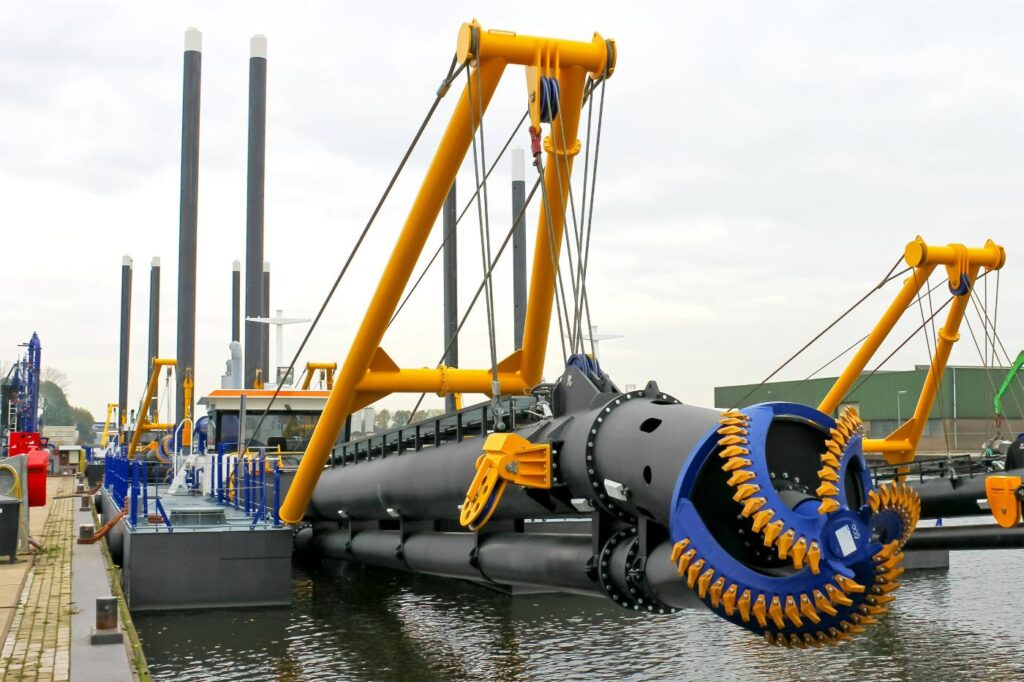
A primary difference between a hopper dredger and standard dredging equipment lies in the integrated capability for both dredging and transporting materials. Standard dredgers, such as cutter suction dredgers or bucket dredgers, often require separate transport vessels, making operations more logistically complex. In contrast, a hopper dredger—especially the widely used trailing suction hopper dredger or a simpler suction hopper dredger—combines sediment excavation, onboard storage, and direct transportation capabilities into a streamlined, efficient operation. This makes hopper dredgers particularly beneficial for large-scale, continuous dredging projects requiring rapid sediment handling and minimal operational downtime.
Types of Hopper Dredgers
Trailing Suction Hopper Dredger (TSHD)
The trailing suction hopper dredger, often abbreviated as TSHD, is the most commonly used type of hopper dredger in marine and coastal dredging operations. As its name suggests, this dredger utilizes trailing suction pipes that extend overboard, dragging along the seabed to collect sediment. The suction pipes, fitted with specialized dragheads, hydraulically loosen and lift sediment directly into the onboard hopper, enabling simultaneous dredging and movement of the vessel.
The distinctive operational method of a trailing suction hopper dredger involves continuous dredging as the vessel slowly sails along predefined routes. The dragheads adjust dynamically, ensuring effective sediment extraction and minimal disruption to the seabed. Once the hopper reaches its capacity, the dredger transports the sediment to a designated disposal site, where it is released through bottom doors or hydraulic discharge mechanisms.
Typical Use Cases and Advantages of TSHD:
- Port and harbor maintenance: Efficient removal of accumulated sediments from channels and docking areas.
- Coastal protection: Beach nourishment and shoreline stabilization projects.
- Land reclamation: Creation or expansion of land areas using dredged sediment.
- Navigational waterways: Deepening and maintaining water channels for maritime safety.
Advantages include operational efficiency, versatility in handling different types of sediment, reduced environmental disturbance, and integrated transport and disposal capabilities.
Other Common Types
Stationary Suction Hopper Dredger
Another variant, the stationary suction hopper dredger, operates from a fixed position without trailing movement. Unlike the mobile TSHD, this type of suction hopper dredger is anchored at a specific location and uses suction pipes vertically lowered onto the seabed. Stationary dredgers are suitable for smaller, localized projects where precision dredging is required, but they lack the mobility and broader operational range provided by a trailing suction hopper dredger.
Overall, while each type of hopper dredger has its specific operational strengths, the choice primarily depends on project scale, location specifics, sediment type, and desired efficiency.
How Does a Hopper Dredger Work? Step-by-Step Process
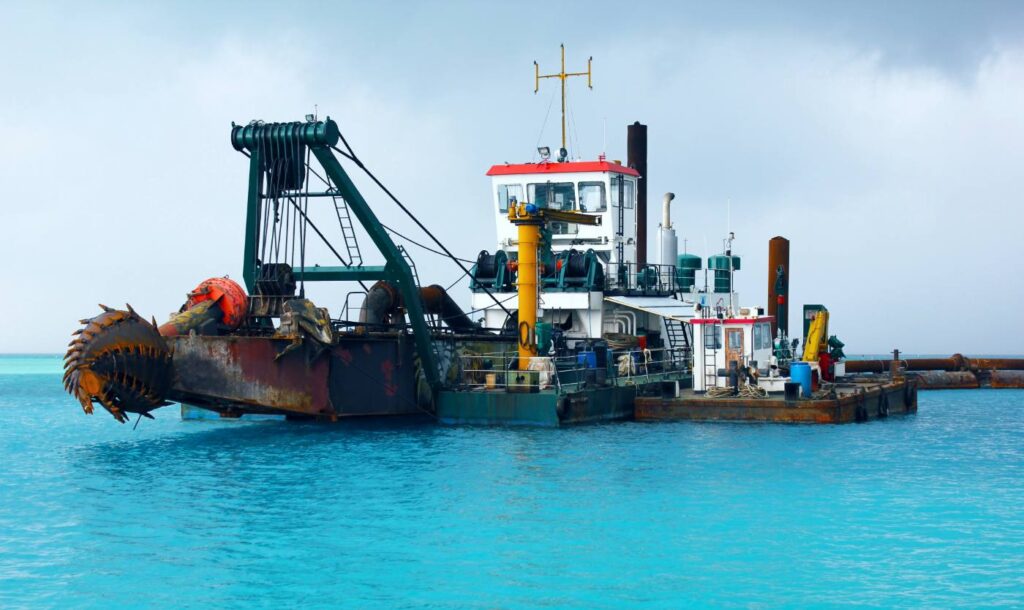
Understanding how a hopper dredger functions is crucial for selecting the right vessel for marine dredging projects. The operational workflow of a hopper dredger—particularly a trailing suction hopper dredger—involves four clearly defined stages, each essential to the success and efficiency of dredging activities.
Step 1: Mobilization and Positioning
Before dredging operations commence, accurate positioning and mobilization of the vessel are essential. Modern hopper dredgers employ advanced GPS navigation and positioning systems, allowing precise maneuvering to specific dredging locations. Accurate vessel placement ensures dredging occurs exactly where sediment removal is required, minimizing unnecessary environmental impact and enhancing operational efficiency.
Step 2: Dredging Operation
Once correctly positioned, the dredging phase begins. A trailing suction hopper dredger lowers its suction pipes, equipped with specialized dragheads, onto the seabed. As the dredger slowly moves forward, the dragheads hydraulically loosen sediment through high-pressure water jets or mechanical agitation. Powerful dredging pumps then create suction to transport the sediment-laden water mixture, or slurry, upward through the pipes and into the vessel.
Step 3: Loading and Storage
As the slurry enters the vessel, it is stored in the onboard hopper—a large containment area specifically designed for sediment storage. During loading, the hopper dredger carefully manages sediment density and overflow. Excess water is expelled via the overflow system, improving the sediment-to-water ratio and maximizing hopper capacity. Proper overflow management also reduces environmental turbidity, minimizing potential impacts on surrounding aquatic ecosystems.
Step 4: Transport and Disposal
When the hopper reaches its designated capacity, the hopper dredger transports the collected sediment to the disposal location. Depending on project requirements and sediment type, there are several disposal methods:
- Bottom Doors: The hopper’s doors open beneath the vessel, releasing sediment directly onto designated seabed sites.
- Pumping Ashore: Sediment is hydraulically pumped through pipelines onto land or coastal areas for reclamation or nourishment projects.
- Rainbowing: Sediment is expelled through specialized jets at the vessel’s bow, forming an arcing trajectory for dispersal onto shorelines or reclamation areas.
This streamlined process, particularly prominent in operations utilizing a trailing suction hopper dredger or a general suction hopper dredge, ensures effective sediment management, operational efficiency, and reduced environmental impact across diverse dredging applications.
Key Applications of Hopper Dredgers
Hopper dredgers, particularly trailing suction hopper dredgers, are versatile marine vessels widely utilized across multiple critical marine and coastal applications. Their integrated dredging and transportation capabilities make them uniquely suitable for large-scale projects where efficiency, mobility, and minimal environmental impact are priorities. Below are the main applications where hopper dredgers significantly contribute to marine infrastructure:
Port and Harbor Maintenance
Ports and harbors continually face sediment accumulation, which restricts vessel navigation and hinders commercial activities. A hopper dredger efficiently handles tasks such as channel deepening and regular sediment removal, ensuring waterways remain navigable and safe. Trailing suction hopper dredgers are especially effective due to their mobility, enabling them to cover extensive areas quickly without interrupting port operations.
Coastal Protection
Coastal erosion poses a significant threat to shorelines, ecosystems, and human communities. Hopper dredgers facilitate essential coastal protection measures such as beach nourishment and shoreline reclamation projects. Sediment collected from seabeds is strategically deposited along eroded or vulnerable beaches, enhancing natural defenses against wave erosion and protecting infrastructure. Suction hopper dredgers offer precise sediment placement, vital for successful coastal stabilization.
Land Reclamation Projects
With rising global demand for usable land, reclamation projects have become increasingly prevalent. Hopper dredgers play a central role in creating new land areas or expanding existing shorelines by dredging sediment and depositing it in designated reclamation zones. The capacity of a trailing suction hopper dredger to transport and discharge large volumes of sediment directly contributes to the efficiency of land reclamation projects, supporting urban growth, industrial development, and infrastructure expansion.
Navigational Waterway Maintenance
Safe navigation through maritime channels, rivers, and canals requires continuous management of sediment. Hopper dredgers ensure navigational waterways remain accessible for commercial shipping and recreational vessels. By regularly removing accumulated sediment, these vessels maintain sufficient water depth and channel width, significantly reducing the risks of grounding and collisions. The efficient operational cycle of a suction hopper dredger makes it ideally suited to ongoing waterway maintenance tasks, supporting safe and reliable maritime transport routes worldwide.
Major Benefits of Using a Hopper Dredger
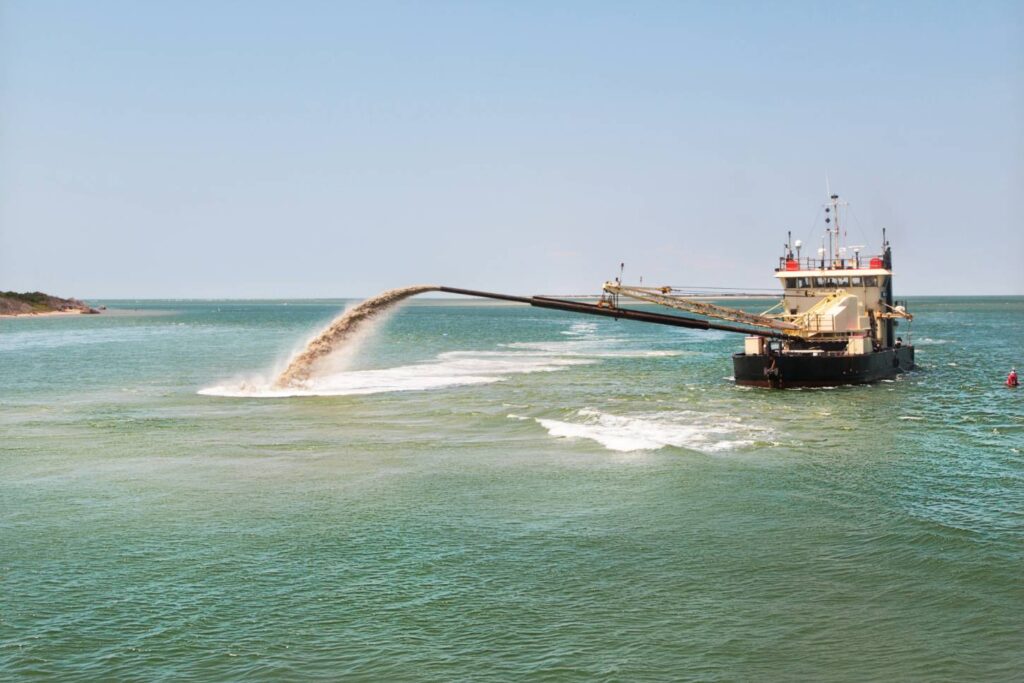
Utilizing a hopper dredger, particularly the widely employed trailing suction hopper dredger, offers numerous advantages in dredging operations. These benefits encompass operational efficiency, versatility, environmental responsibility, and cost-effectiveness, making hopper dredgers a preferred choice for a wide range of marine and coastal projects.
Efficiency and Speed
One of the foremost advantages of a hopper dredger is its impressive operational efficiency. Designed to excavate, transport, and dispose of sediment swiftly, these dredgers significantly reduce project timelines. Specifically, trailing suction hopper dredgers can dredge continuously while moving, minimizing downtime. Rapid loading of sediment, coupled with direct transport to disposal areas without the need for auxiliary equipment, enhances productivity and accelerates project completion.
Versatility and Flexibility
Another major strength of hopper dredgers is their ability to adapt to various sediment types and environmental conditions. Whether handling fine silt, dense clay, or coarse sand, a suction hopper dredger effectively manages a wide range of sediments with minimal adjustments. Moreover, these dredgers operate effectively in both shallow coastal areas and deep maritime zones, demonstrating considerable flexibility across different dredging scenarios.
Environmental Considerations
Modern dredging operations demand careful consideration of environmental impact. A trailing suction hopper dredger is designed to minimize disruption to marine ecosystems by reducing water turbidity through controlled overflow systems. This careful sediment management preserves water clarity, significantly reducing the impact on marine habitats and aquatic life. By limiting sediment dispersion, hopper dredgers represent an environmentally responsible dredging solution compared to traditional dredging methods.
Cost-effectiveness
Cost management is critical for any dredging project. The integrated operation of sediment excavation, onboard storage, and direct transportation makes hopper dredgers highly economical. By eliminating the need for additional barges or transport vessels, a hopper dredger reduces operational expenses, lowers fuel consumption, and minimizes labor costs. Additionally, their ability to execute large-scale dredging tasks with fewer vessels and shorter operational periods further contributes to overall cost savings, making them financially advantageous compared to traditional dredging approaches.
Common Challenges and How to Overcome Them
While the hopper dredger is an exceptionally efficient dredging vessel, particularly the trailing suction hopper dredger, operators often encounter various challenges during dredging projects. Understanding these potential hurdles and proactively applying best practices is critical to ensuring smooth and efficient operations.
Sediment Type and Clogging Issues
One primary challenge in operating a hopper dredger involves handling diverse sediment types. Cohesive sediments such as clay or dense mud can cause clogging within suction pipes and dragheads, reducing productivity. Similarly, coarse or rocky materials may lead to premature wear or damage to dredging equipment.
To overcome these issues, selecting an appropriate trailing suction hopper dredger designed specifically for the target sediment is crucial. Regular maintenance and inspection schedules also help prevent equipment clogging and extend the lifespan of components. Operators should employ advanced dragheads equipped with hydraulic jets or cutting mechanisms to effectively break down cohesive materials, minimizing blockages and ensuring continuous workflow.
Operational Risks and Downtime
Operational disruptions, mechanical failures, and unexpected downtime can severely impact project timelines and budgets when using a suction hopper dredger. These risks often result from equipment failure, improper handling, or inadequate maintenance practices.
Mitigating operational risks involves implementing rigorous preventative maintenance routines and operator training. Utilizing real-time monitoring systems and predictive maintenance technologies can detect potential issues before they escalate. Additionally, detailed operational planning, including contingency measures, can help reduce unplanned downtime, allowing dredging activities to remain efficient and predictable.
Environmental Regulations and Compliance
Compliance with increasingly strict environmental regulations poses a significant challenge for hopper dredger operators. Dredging operations must minimize impacts on marine ecosystems, maintain water quality, and manage sediment disposal responsibly, often requiring detailed permits and adherence to local regulations.
To address these environmental compliance challenges, operators should invest in environmentally friendly dredging technologies, such as advanced overflow systems designed to minimize sediment turbidity. Maintaining clear communication with regulatory authorities and environmental specialists helps ensure compliance with permits and standards. Additionally, adopting best practices for sediment management, such as precise disposal techniques and sediment recycling through beach nourishment or reclamation projects, further supports environmental sustainability.
By proactively addressing these common challenges, operators can optimize the performance of a trailing suction hopper dredger, reduce operational costs, and enhance project success while maintaining environmental responsibility.
Conclusion
Understanding how a hopper dredger, particularly a trailing suction hopper dredger, operates and recognizing its numerous applications and benefits are critical for anyone involved in marine construction, coastal management, or dredging projects. Whether maintaining navigational waterways, reclaiming land, or protecting vulnerable coastlines, hopper dredgers provide an efficient, versatile, and environmentally conscious solution. To ensure successful dredging operations, selecting the appropriate dredger and proactively managing common challenges is essential. For specialized advice or assistance in choosing the right hopper dredger, consulting industry experts is highly recommended.
